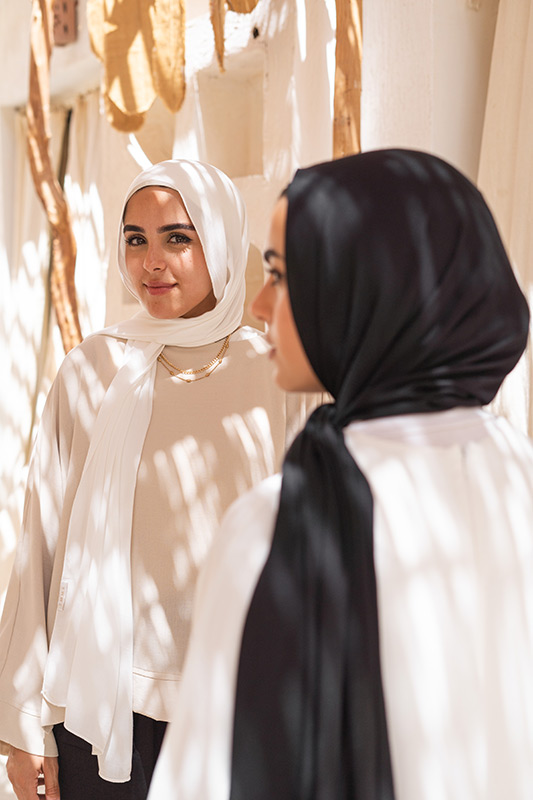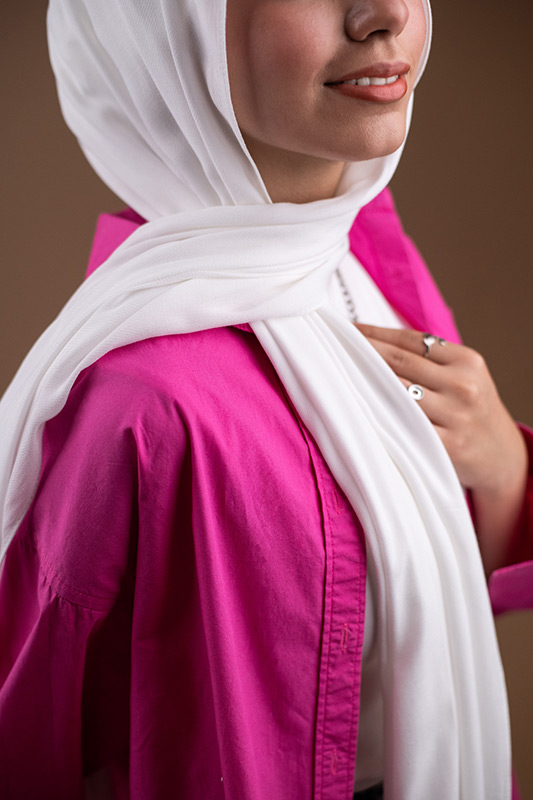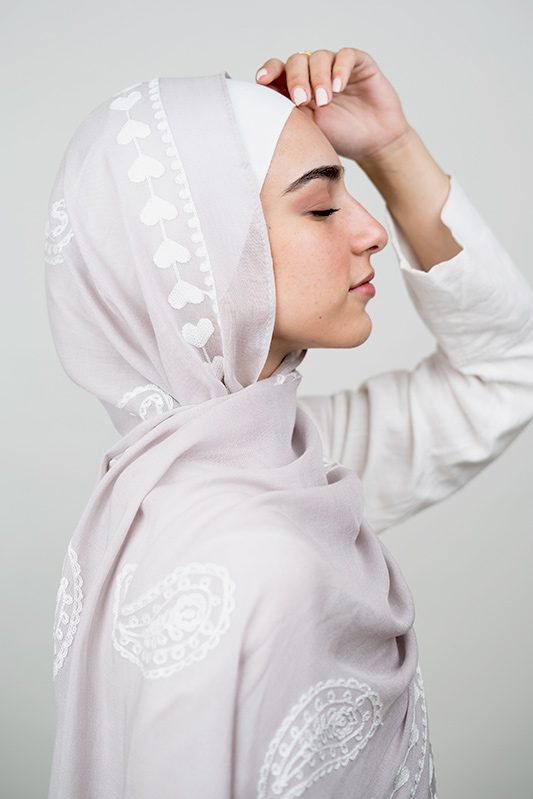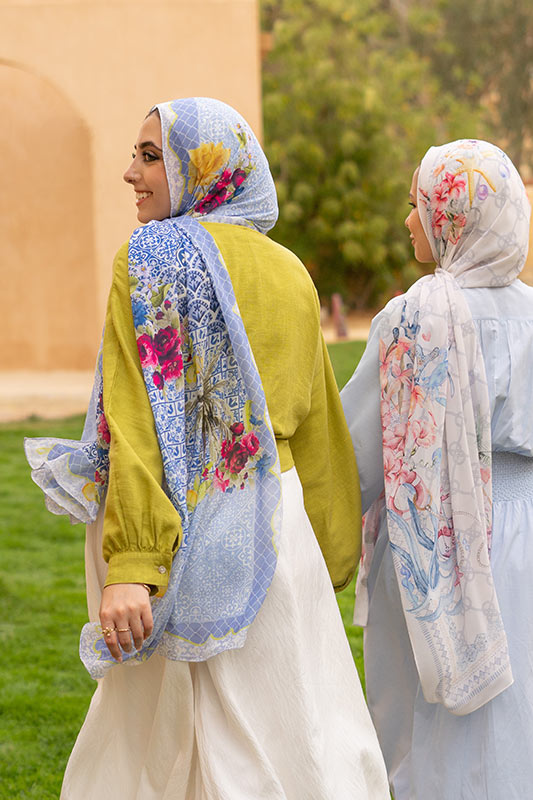Hijab Articles
Hijab Statistics & Facts: A Comprehensive Guide

In a world marked by diverse cultures and traditions, the hijab, a symbol of Islamic modesty, continues to captivate global attention.
From countries where it is mandated to those where it is banned, the hijab occupies a central place in discussions about identity, freedom, and religious expression.
This article delves into the nuanced landscape of hijab-related facts and statistics, exploring the countries where it is banned and mandated, as well as public perceptions surrounding its wear.
Let’s unravel the complex tapestry of the hijab, shedding light on its multifaceted presence in today’s world!
Cloaked in Controversy: Hijab Restrictions Across Borders

In various parts of the world, the wearing of religious head coverings, including the hijab, has been subject to rules and regulations.
These regulations are enforced in approximately 60 countries, encompassing a wide spectrum of restrictions, from mandating headscarves to forbidding certain types of head coverings.
Surprisingly, a significant number of these regulations are concentrated in European nations.
European Nations
As of 2018, several European countries, including France, Belgium, Austria, Denmark, and Bulgaria, had implemented national bans on face coverings, often associated with garments like burkas or niqabs.
France, in particular, goes further by prohibiting the wearing of hijabs in public schools. Europe also witnesses various regional and situational bans on face coverings, with Turkey being a notable example.
In Turkey, a secular Muslim country, debates surrounding the ban on hijabs in specific institutions have persisted for years, reflecting the complexity of the issue.
Before the Arab Spring, Tunisia faced a similar situation concerning the wearing of hijabs.
Interestingly, some studies indicated that women in European countries were more likely to encounter hostility for not adhering to secular dress norms, highlighting the challenges faced by those who choose to wear the hijab or other religious head coverings.
Muslim Countries
It’s not just European nations that have implemented such bans; some Muslim-majority countries have also restricted the wearing of covered faces.
Morocco, Tajikistan, and Chad, for instance, have banned face coverings in general.
Additionally, several countries in the Muslim world have laws and regulations mandating headscarves in certain situations.
Iran stands out as a prominent example where a loose-fitting headscarf remains obligatory in public.
Interestingly, Saudi Arabia does not have laws mandating headscarves in public, but the abaya, a long-sleeved over-garment, is required.
Despite varying legal frameworks, headscarves are commonly worn by women in many Muslim-majority countries across Africa, the Middle East, and Asia, although individual choices regarding wearing the hijab may differ.
These regulations and norms surrounding religious head coverings reflect the diverse cultural, religious, and legal landscapes across the globe.
Banning the Burqa
Interestingly, four Muslim-majority countries have banned the burqa, a more concealing garment than the hijab, in public schools, universities, or government buildings.
These countries include Kosovo (since 2009), Azerbaijan (since 2010), Tunisia (since 1981, with partial lifting in 2011), and Turkey (with gradual and partial lifting).
These bans reflect the diverse approaches to religious attire and personal freedom within the Muslim world, as well as the complex interplay between religion and state policies in different regions.
Wrapped in Tradition: Countries with Mandatory Head Coverings

In several conservative Muslim-majority countries, the wearing of the hijab is not a matter of choice but a mandatory religious and cultural practice.
These countries include Iran, Afghanistan, Saudi Arabia (specifically in the holy cities of Mecca and Medina), and the Aceh province of Indonesia.
Recommended: Best modest clothing in Saudi Arabia
In these nations, veiling is enforced as a fundamental part of Islamic tradition and modesty.
In the State of Palestine’s Gaza region, there have been instances where school officials voted to require young girls to wear the hijab.
While this requirement exists at the local level, the Palestinian Authority considers the hijab to be optional, and it has taken action against attempts to enforce it.
Unveiling the Debate: Hijab Statistics Around the World

Understanding public opinions and preferences regarding women’s dress in Muslim-majority countries can provide valuable insights into cultural norms and social attitudes.
A recent survey of seven countries with mostly Muslim citizens sheds light on these perspectives.
The survey approached the topic of women’s attire as a visual preference exercise.
Respondents were presented with a card featuring six different styles of women’s headdresses, and they were asked to select the outfit they considered most appropriate for a woman in a public setting.
Notably, the survey did not include any labels on the card, allowing participants to make choices based solely on images and illustrations.
Across the surveyed countries, a common preference emerged: the majority of respondents favored women covering their hair, though not necessarily their faces.
Only in Turkey and Lebanon did more than 25% of respondents believe that it was appropriate for a woman not to cover her head at all in public.
The preferred style varied somewhat among the surveyed countries. Overall, the woman who is depicted with her hair and ears completely covered by a hijab was deemed the best dressed for the public by the majority of respondents.
This choice was favored by 57% in Tunisia, 52% in Egypt, 46% in Turkey, and 44% in Iraq.
In Iraq, the woman wearing a more conservative hijab covering her hair and ears earned the second place in the ranking.
In Pakistan, respondents were divided between the conservative black hijab and the niqab, which covers the entire face except for the eyes.
These survey findings provide valuable insights into the diverse attitudes and preferences regarding women’s attire in different Muslim-majority countries, highlighting the complexity of cultural and societal perspectives on this matter.

Read More
A Better Version Of Myself
6th year in my hijab. Hijab builds me, it protects me. Flash back, 6 years ago… I was afraid of [...]
6 Comments
Oct
Nesma Khedr’s Hijab Story
❤ الحمد لله الذى بنعمته تتم الصالحات …. قلعته بعد ١٦ سنه حجاب و لبسته تانى بعد ٨ شهور [...]
35 Comments
Sep
Greater Than All
As these very special 10 days of Dhul Hijja unfold, I’m intrigued to explore more of their hidden gifts sent [...]
11 Comments
Aug